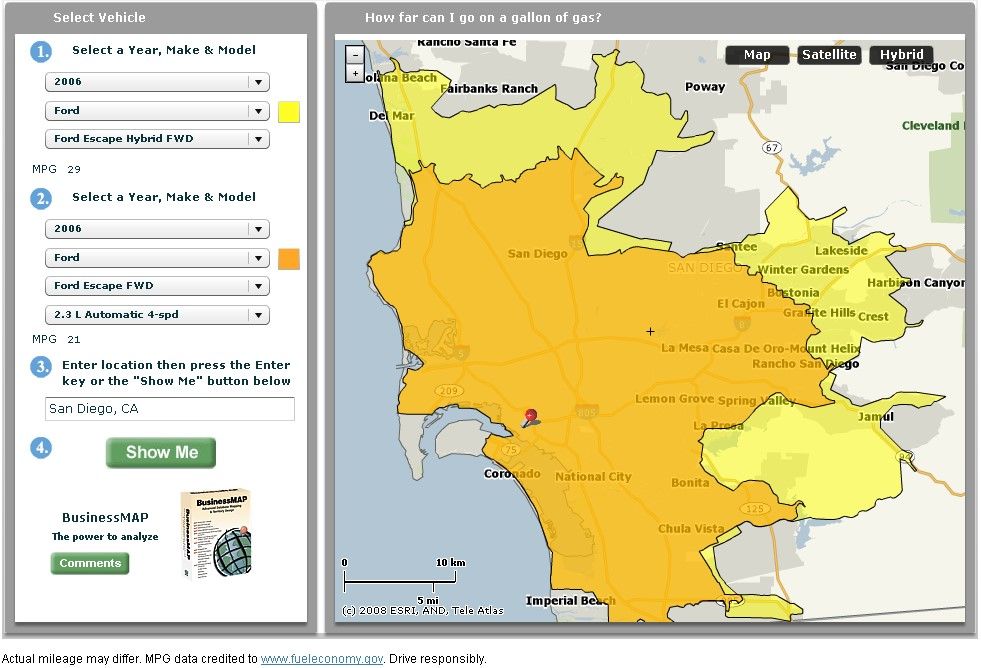Longtime GIS users, the San Diego Association of Governments (SANDAG) has a lot of experience in doing GIS-based analysis for aiding in decision-making and making a lot of maps.
Recently some of these maps have won some awards (read about it here)!
And here are PDFs of the maps:
2007 San Diego Wildfires: Half a Million People Evacuated (Where did that number come from?)
Visit the SANDAG website to learn more about how they use GIS technologies and to download free San Diego area data.


 Have you ever wondered where a feature class came from as you've browsed over one of your geodatabases in ArcCatalog? I think most of us have, and probably more often than we'd like to admit. In the example shown here to the left, I made these datasets a few weeks ago, and I have no idea what "GN" means, and if or how I selected, simplified, or dissolved the data.
Have you ever wondered where a feature class came from as you've browsed over one of your geodatabases in ArcCatalog? I think most of us have, and probably more often than we'd like to admit. In the example shown here to the left, I made these datasets a few weeks ago, and I have no idea what "GN" means, and if or how I selected, simplified, or dissolved the data.  We recently made some changes to the color ramp styles on Mapping Center under the
We recently made some changes to the color ramp styles on Mapping Center under the 




